Valsad (Gujarat): Valsad is famous for three Ms — mosquitoes, mangoes and Morarji Desai.
Desai was the Gujarat rebel who challenged Indira Gandhi and became the Janata prime minister in the post-Emergency election of 1977. That year, Valsad, then known as Bulsar, also chose a Janata candidate.
Valsad chose to vote for Janata Dal in 1989, and to everyone’s surprise, the Janata Dal formed the government in Delhi, making V.P. Singh prime minister.
There is nothing scientific about the phenomenon of bellwether seats. Yet, something must be said of an unbroken co-incidence — Valsad has chosen the winning side every single time.
The extremes come together
This is a place of extremes. It gets so hot in the summers that footwear starts melting on the road. A few weeks later, the monsoons flood the same streets. The Valsad district headquarters is a small town stuck in time, distinguished only by a tourist beach. The district is more famous for Vapi, the industrial hub of chemicals, pesticides, pharmaceuticals, paper, and pens.
Vapi strategically lies half-way between the business centres of Surat and Mumbai. It is also the gateway for Gujaratis to visit the sin cities of Silvassa and Daman, union territories where alcohol is legal and casino resorts are coming up. Driving back from the Las Vegas of Gujarat in an inebriated state, many are forced to deal with their hangover in Valsad jails as a reminder of prohibition.
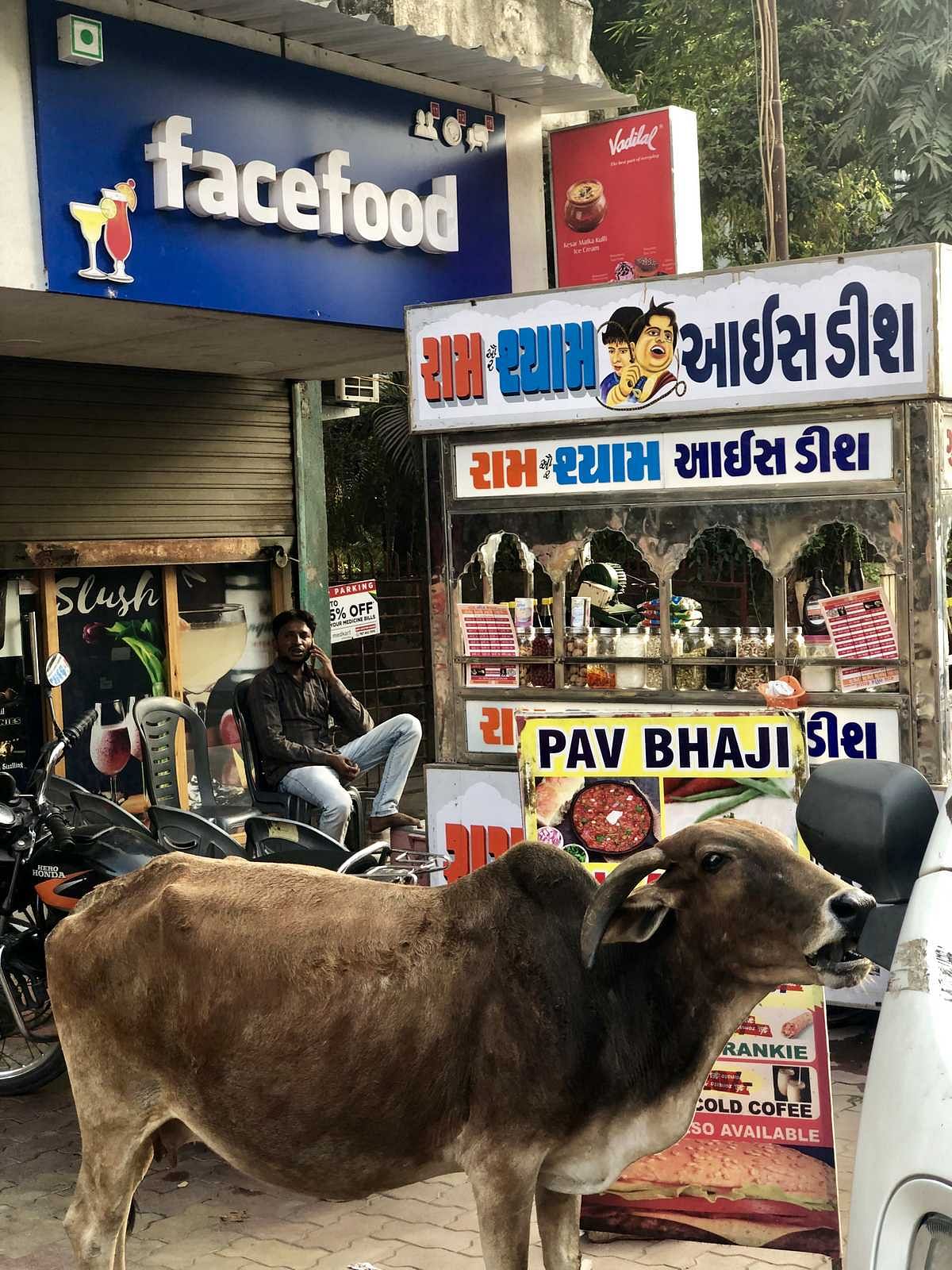
Reserved for the Scheduled Tribes, the Valsad Lok Sabha constituency is made up of two districts, Valsad and Dang, and a part of Navsari district. Dang is one of the most backward places in the country, where adivasis spend hours every day fetching a pail of water in hilly terrain, the deforestation making the land drier and warmer.
If you thought the cliché of two Indias was city and village, it gets starker in Valsad. It is industry and forest. In Vapi, you will breathe air more polluted than Delhi. In Dang, you may drive up to the hill station of Saputara and heal your lungs. Vapi is full of migrant labour from across the country. Dang is still waiting for mobile towers.
The two worlds are often in conflict over sharing resources and deciphering the meaning of development. Every Lok Sabha election, the extremities of south Gujarat willy-nilly forge a consensus.
Also read: Why many Muslims in Gujarat publicly supported Modi’s BJP after 2002
Four versus three
National Highway 48 connects Delhi and Mumbai. It is also the fault-line that runs through Valsad. It leaves four of Valsad’s assembly constituencies on the forest side and three on the coastal side.
On the coastal side are Valsad, Pardi (which contains Vapi) and Umargam. These better-off places are strongholds of the Bharatiya Janata Party.
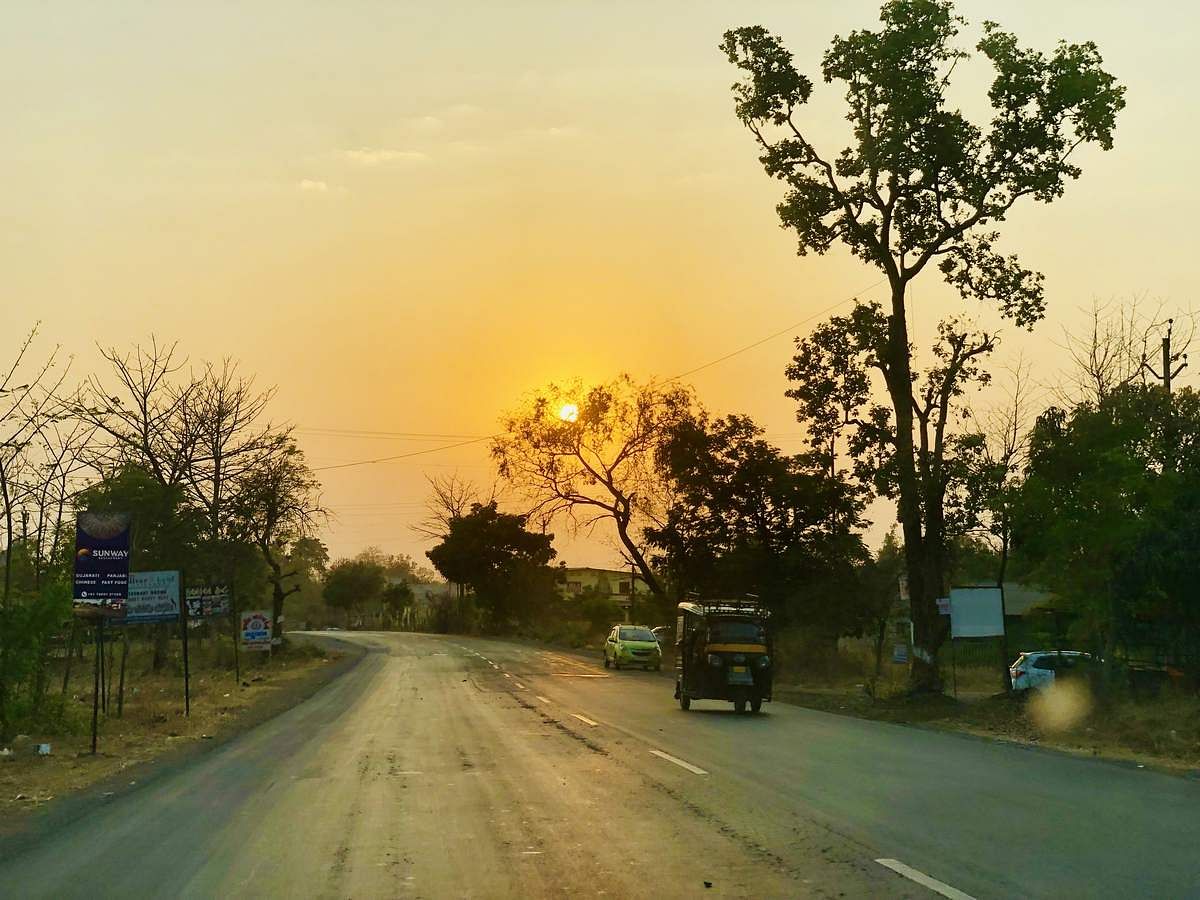
On the forest side are Vansda, Dharampur, Kaprada, and Dang, traditionally Congress strongholds.
Of the seven, only Valsad and Pardi are not tribal reserved seats in the Gujarat assembly. Of the over 16 lakh voters in the Valsad Lok Sabha seat, 11 lakh are tribals. Given that the BJP has been a city-centric party, it should be easy for the Congress to win over the tribal vote. Any consolidation of tribal votes on the forest side should easily be able to decide the winner. “It’s four versus three,” a local industrialist says.
The Congress is hoping to win by consolidating the tribal vote. The BJP is banking on a Modi wave. The two sides are talking about different things — it might as well be two different elections.
‘Ek teer, ek kamaan’
“2014 was an exception,” says Anantkumar Patel of the Congress, the sitting MLA for Vansda. “People were excited that a fellow Gujarati could be prime minister. But the novelty has worn off. There is no Modi wave anymore. The tribals of Gujarat have come together against the government. Tribal voters are shooing away the BJP candidate from their villages.”
A major issue in this area has been opposition to land acquisition for the Bharatmala project, a massive infrastructure plan to connect the remotest parts of India with four-lane highways. Patel has played a key role in mobilising protests against land acquisition, forcing the Gujarat government to put them on hold in view of the Lok Sabha elections. Adivasis have also been protesting against land acquisition for Sardar Patel’s ‘Statue of Unity’, the bullet train project, and the Par-Tapi-Narmada link project.
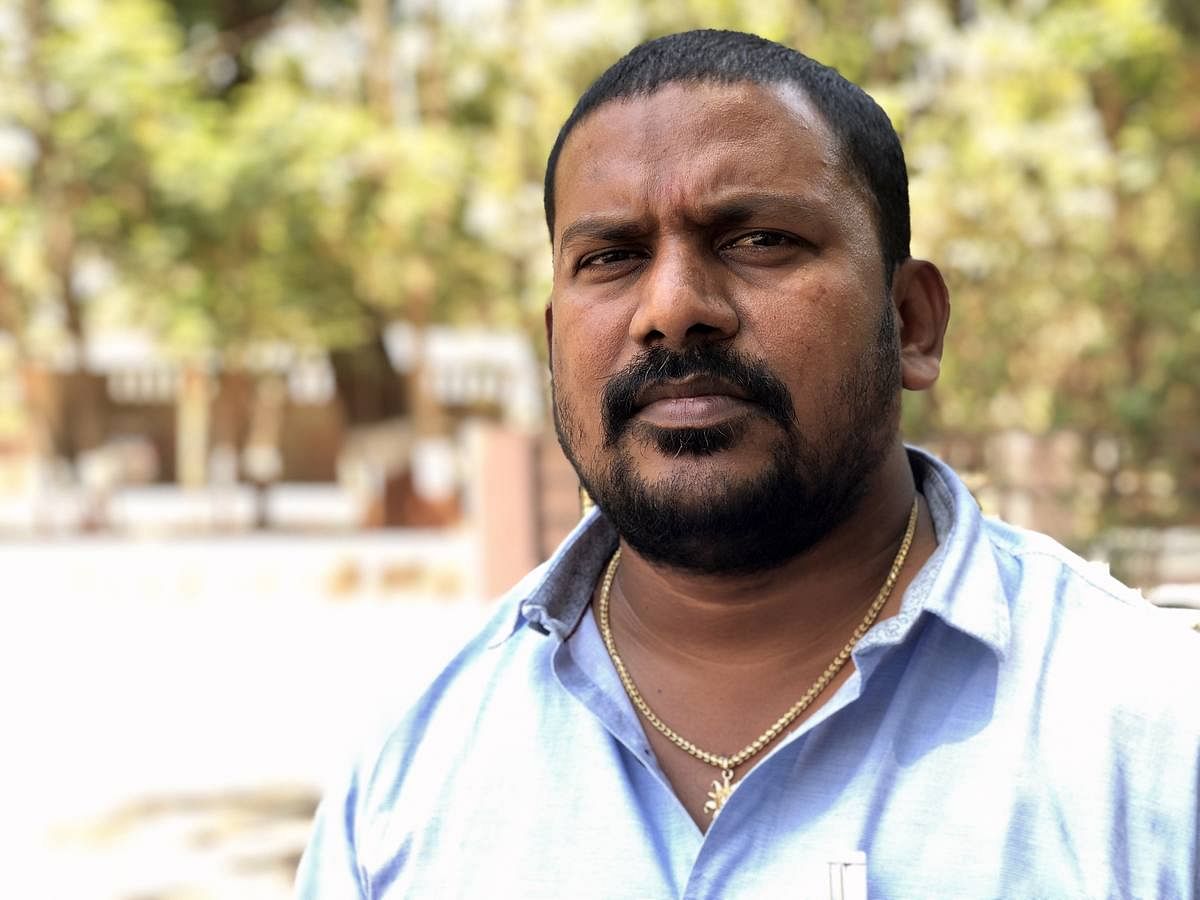
These projects seek to help people other than the adivasis, whose land is going to be forcibly taken away for a pittance, Patel says. Besides, tribals are not even being given rights to the land they till and are denied the benefits of reservations, he alleges. Patel has sought to unite different adivasi communities under one banner, using the slogan, ‘Ek teer, ek kamaan, adivasi ek samaan’ (One arrow, one bow, adivasis are all one).
There’s another reason why he thinks the Congress is going to win Valsad this time. Whenever the top Congress leader of the time has addressed a rally at the Lal Dungari ground in Dharampur — be it Indira Gandhi, Rajiv Gandhi or Sonia Gandhi — the party has gone on to win the Lok Sabha elections.
When Rahul Gandhi addressed the rally at the Lal Dungari ground on 14 February, he began with the slogan ‘Ek teer, ek kamaan’. He described the Bharatmala project as “Bharat maar” (Kill India) project. It was Valentine’s Day, and one woman went up to Rahul Gandhi and kissed him on the cheek.
Gandhi’s speech had the excitement of a leader who knew there was churning in the tribal sentiment in Gujarat. Much of the credit for this in south Gujarat goes to Patel, the rising star.
Patel says he’s attracted to the Congress ideology of secularism and its commitment to tribal rights, but it won’t be surprising if he joins the BJP one day — just as Ramanlal Patkar did in the early 90s. Patkar is the junior minister for forests and tribal development in the BJP government in the state. He began his career with the Janta Morcha but joined the BJP. He has won five of the last six assembly elections from Umargam, the only tribal assembly seat on the coastal side of Valsad.
Ask Patkar about tribal discontent against the BJP, and he candidly admits he expects to lose 10 per cent tribal votes: “The Congress is a 100-year-old party, after all.”
The candidates
The Congress has more than just tribal resentment going for it. It also has a popular candidate. Jitubhai Harjibhai Chaudhari, sitting MLA from the Kaprada constituency for four consecutive terms, now aspires to be the Valsad MP..
The BJP candidate, K.C. Patel, may have won by a historic margin of 2 lakh votes in 2014 but isn’t very popular. In 2017, a woman in Delhi accused K.C. Patel of raping her. He said he was “honey-trapped”. The police believed the MP over the woman, and arrested her. Word has it that the case ended in “settlement”.
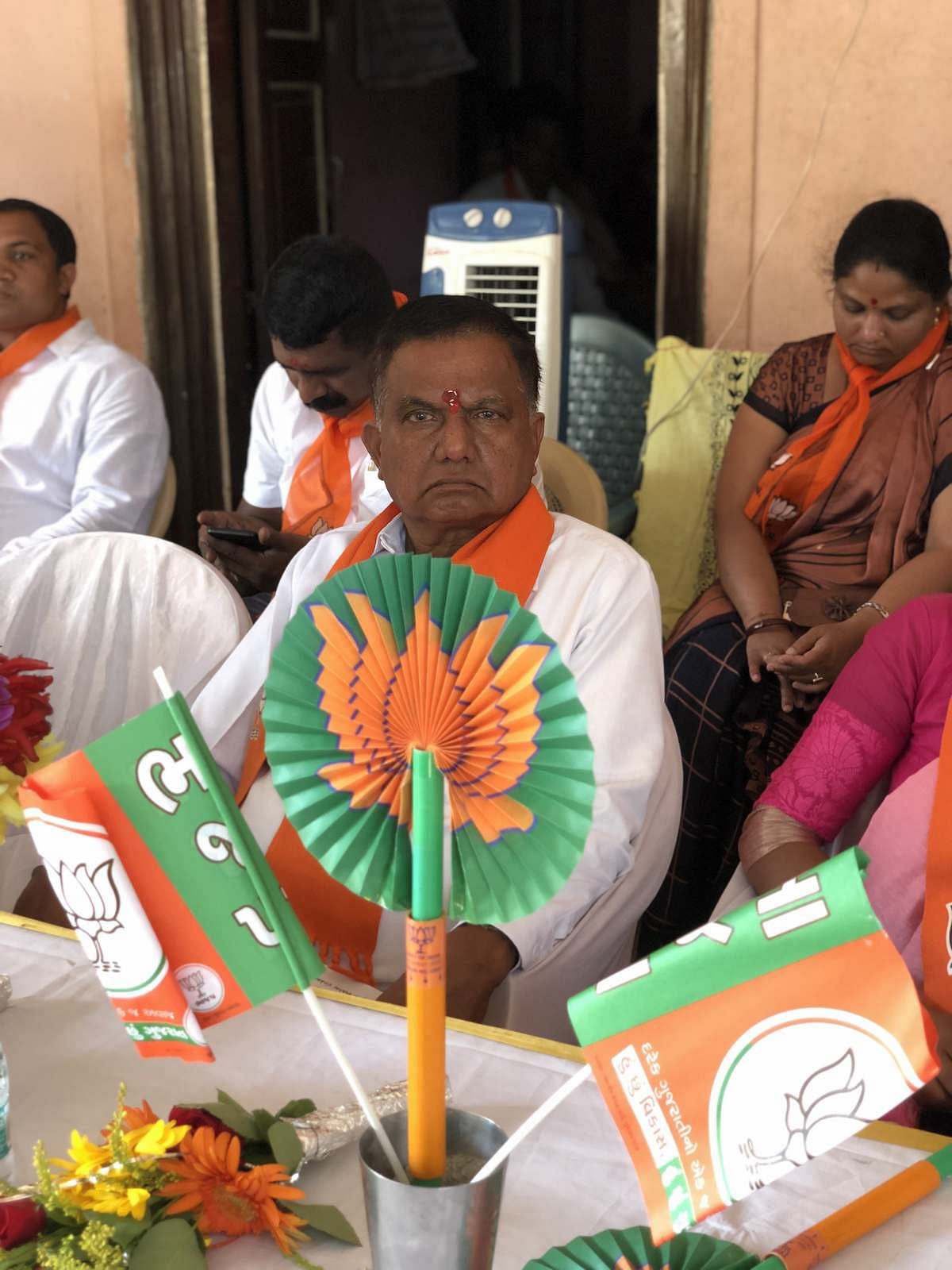
“K.C. Patel has brought dishonour to Valsad,” says Jitubhai Chaudhari in a village in Dharampur where he arrives in a modest caravan of three cars. A meeting has been organised in someone’s house. He speaks of the issues of tribals, of “jal, jungle, jameen” (water, forest, land), unemployment, and K.C. Patel’s alleged neglect of the constituency.
A world away, on the other side of NH48, K.C. Patel is addressing a similar village gathering in Umargam. You can tell the difference even before he starts speaking — there must be at least 30 cars following him around. There are posters, banners, buntings, rented plastic chairs, a proper stage set up — nothing unusual for an election, except the Congress candidate has none of it. The attendance at the BJP candidate’s meeting is at least four times that at the Congress nominee’s village gathering. The BJP meeting has given people saffron scarves to wear and a toddler is wearing a BJP cap that covers his entire face. The paraphernalia costs money that the Congress doesn’t have.
Even if you don’t know Gujarati you can tell what the BJP’s poor ‘honey-trapped’ MP has to say: Modi, Pakistan, Balakot, Pulwama, Kashmir, 56-inch. He mentions 56-inch almost 56 times. The Congress candidate wants people to consider what a poor performer the BJP MP is. The BJP candidate wants people to think of Modi. The Congress candidate speaks of gaam, the village. The BJP candidate speaks of desh, the country.
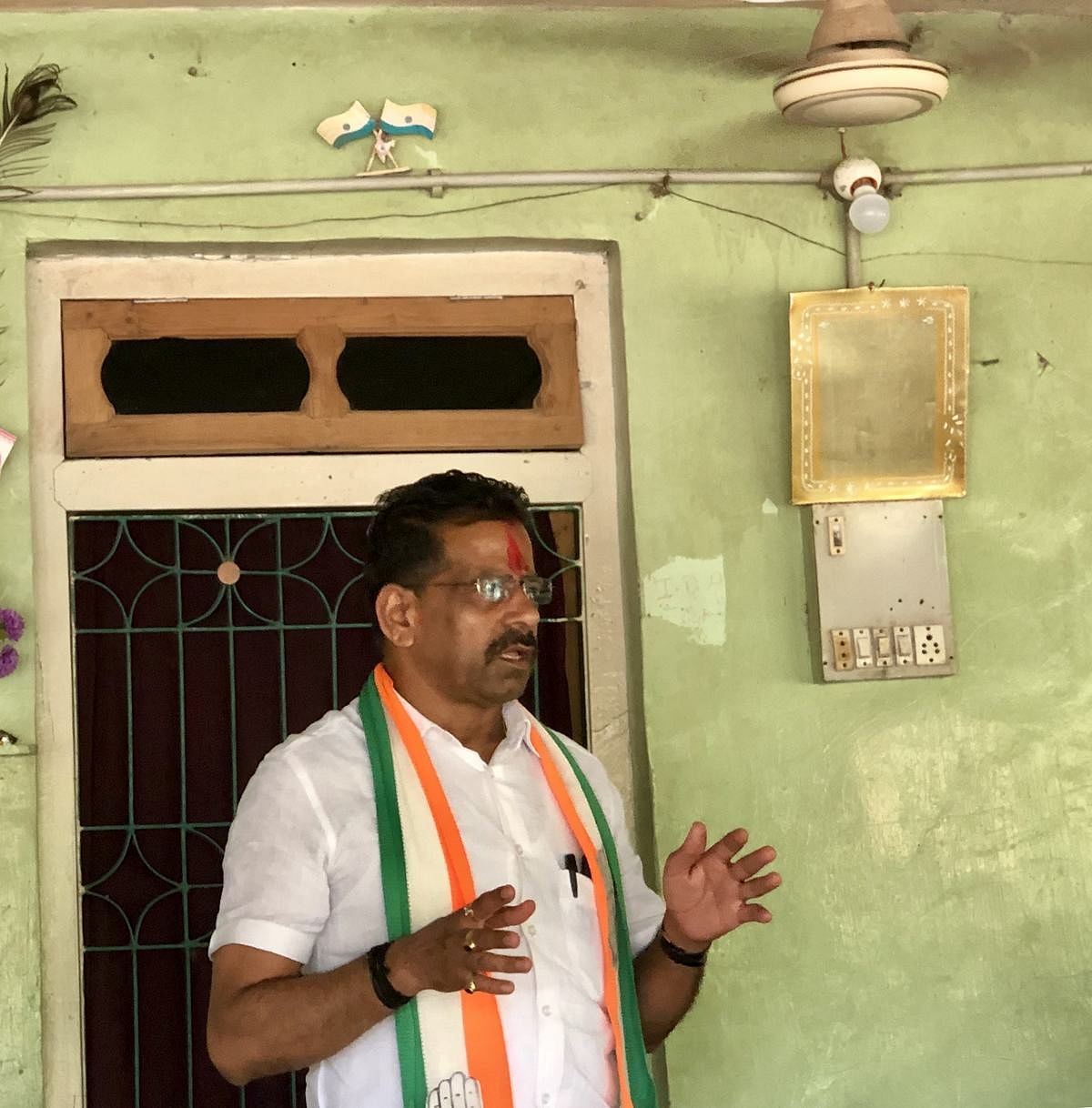
It is ironic that the terrorist attack in Pulwama happened on the very day that Rahul Gandhi was speaking in Valsad. Gandhi had also planned a Congress Working Committee session in Gujarat in February, but it was cancelled in view of the military tensions with Pakistan. Had those events not taken place, one wonders what K.C. Patel would have been talking to his adivasi voters about.
Ask him about all the charges levelled at him by the Congress, and K.C. Patel gets aggressive. “I got tribals more land than the Congress ever did,” he says. “What do you mean I didn’t spend the MPLADS money? Look at the road you’re standing on!”
He gets angry and leaves in a huff.
There have been a few instances where adivasi voters have shooed him away. On one occasion, a BJP worker asked him why he was visiting the village after a full five years. The party worker was beaten up by Patel’s supporters.
Why an unpopular MP’s ticket was repeated is a mystery. BJP leaders attribute it to Kanubhai Desai, the BJP’s Pardi MLA, who also happens to be the owner of UPL, a chemical manufacturing company with one of the largest factories in Vapi.
Also read: Gujarat Congress sidelining my people, high command doing nothing: Alpesh Thakor
A high tide approaches the forest
In 2014, the Congress finished a staggering 18.5 percentage points behind K.C. Patel. In the 2017 Gujarat assembly elections, the BJP’s lead in the seven constituencies combined came down to 1.39 lakh votes. These humongous margins are unprecedented in Valsad — candidates used to win by thin margins of 50,000 votes at most.
But the 2014 Modi wave established a new normal. The numbers paint a picture of progressive decline for the Congress in all seven constituencies. From the urban, coastal areas, the Congress is receding, giving the BJP ever higher margins. And in the tribal, forest areas, the Congress now wins by very thin margins. Chaudhari, the Congress candidate, had won his Kaprada seat in 2017 by just 170 votes.
It’s as if there’s a BJP wave coming in from the Arabian Sea. Having already swept away the urbanised coastal parts, it is now threatening the Congress in its tribal bastions. The BJP’s entry into the tribal villages has been aided by its creation and poaching of mass leaders, and by decades of Hindutva proselytisation of tribals. They call themselves “Hindu adivasis” these days.
Incidentally, Dang is the place that infamously witnessed Gujarat’s first anti-Christian violence in 1998, an area where Swami Aseemanand runs a temple.
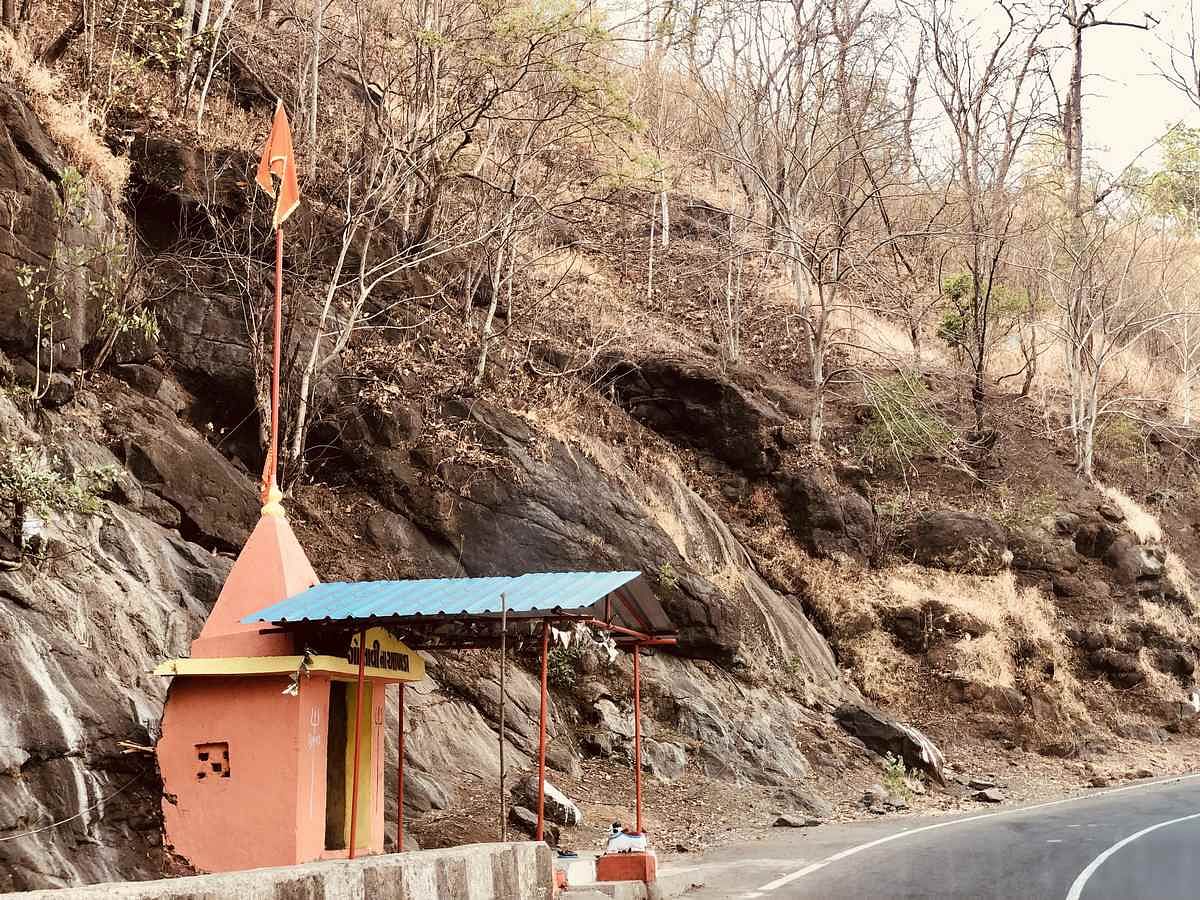
The idea that the BJP is “full urban and half tribal” is a consensus forged in 2014. By now, the consensus has taken deep roots. It shows when one speaks to voters — nobody cares or talks about K.C. Patel, his poor performance as an MP or his ‘honeytrap scandal’. It’s all about Modi. BJP workers have been asked to talk only about Modi’s schemes, from health insurance to housing, and nothing else. At the tourist beach of Tithal in Valsad town, workers from OBC communities compare Modi to Rahul Gandhi, saying he’s just not a match. Some claim they used to vote for the Congress until 2009. The dramatic shift of 2014 persists.
In the tribal forest areas such as Dharampur, voters are divided. There are enough Modi supporters to tell you about housing and gas cylinders and toilets and the Rs 2,000 that some have received in their bank accounts. Tribal discontent is concentrated in a few places.
The power of propaganda
Vapi is what one-party rule looks like. The Congress does not even have a permanent office, cannot find polling agents to man the booths on voting day, and has trouble finding candidates for local polls. “It’s not as if there are no issues in the urban areas,” says a senior district-level BJP leader. “The biggest issue is corruption. But there is no opposition to take up these issues.”
At the other end of the constituency in Dang, 120 km away, the BJP even puts up Christian candidates in panchayat elections to make inroads into the 8.7 per cent Christian population of this difficult, scarcely-populated place. The BJP has won the Dang assembly seat only once, in 2012, but the Congress’ winning margins have been declining.
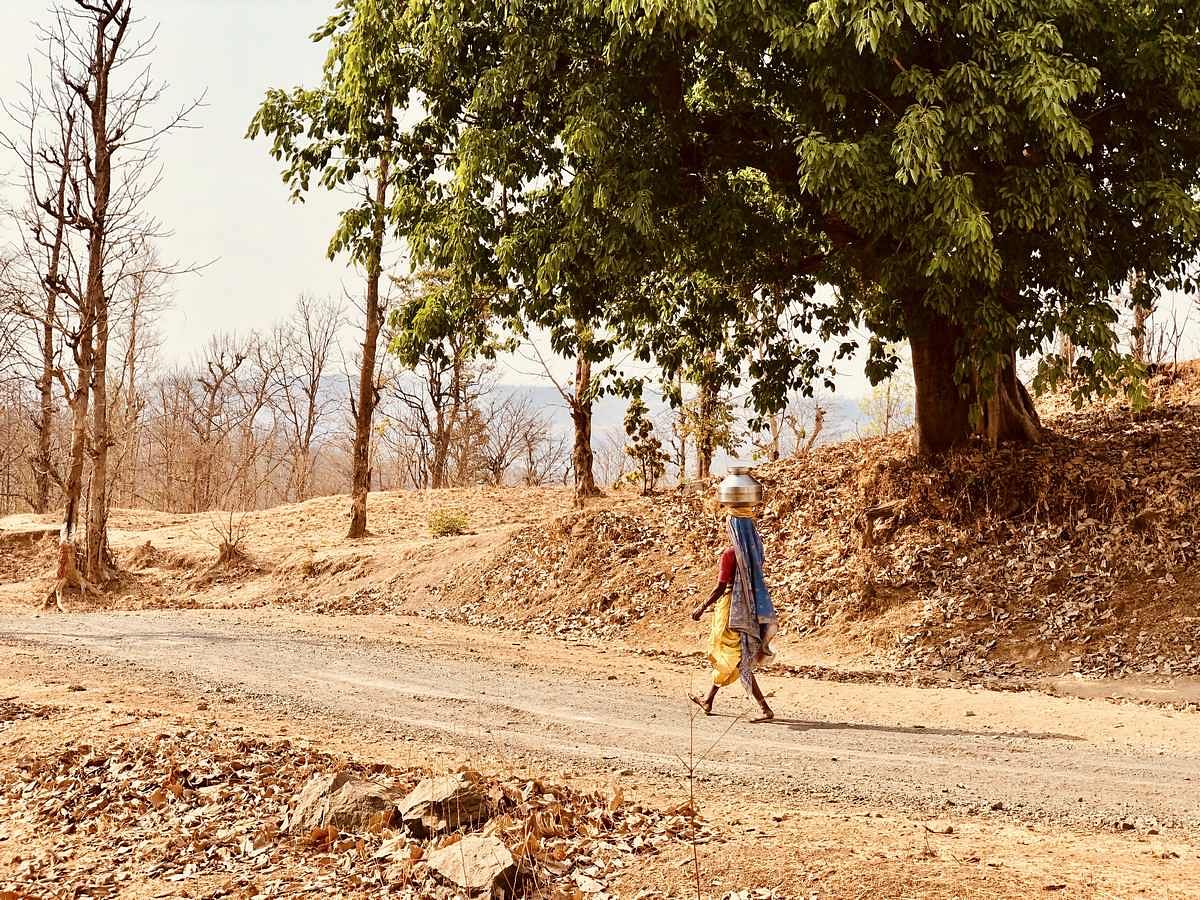
Dang is a media dark zone. Beyond the market strip of Ahwa, the district capital, there’s only a faint BSNL signal. There are great roads but no TV or newspapers. As a result, you can meet people who haven’t even heard of Pulwama and Balakot, people too poor to even care. Unexposed to daily propaganda, these are the people who complain the loudest against the BJP. Those Swachh Bharat toilets don’t work, that money is not enough, and why can’t the BJP build small dams to irrigate our fields?
This is in contrast to the smartphone-enabled adivasis elsewhere,, and have received WhatsApp videos where Rahul Gandhi says he can convert potatoes into gold. Gandhi had accused Modi of saying that, but the part where Gandhi accuses Modi is edited out, and the rest circulated widely over social media across the country — including unemployed adivasi youth in Valsad.
Don’t know or can’t say
The BJP’s massive winning margin in 2014 — 2 lakh votes — is like a mountain the Congress is too weak to climb. With demoralised workers and empty coffers, Congress leaders almost admit they’re fighting to reduce the margin. The party sent Navjot Singh Sidhu to address two rallies in the hope of lifting the morale of its cadres. Yet, actually winning the seat would be a tall order. There is a broad consensus here that the BJP will win Valsad — and India.
Don’t be so sure, warns one voter. A young, non-tribal, upper caste, BJP-voting Hindu, he says elections are unpredictable. “Chunav main jo hota hai woh dikhta nahin. Aur jo dikhta hai, woh hota nahin. (In elections, the apparent doesn’t happen. And what happens is not apparent).” There is some anger among the rural poor for Modi’s unkept promises, he warns — you never know how heavily the rural folk may tilt towards the Congress.
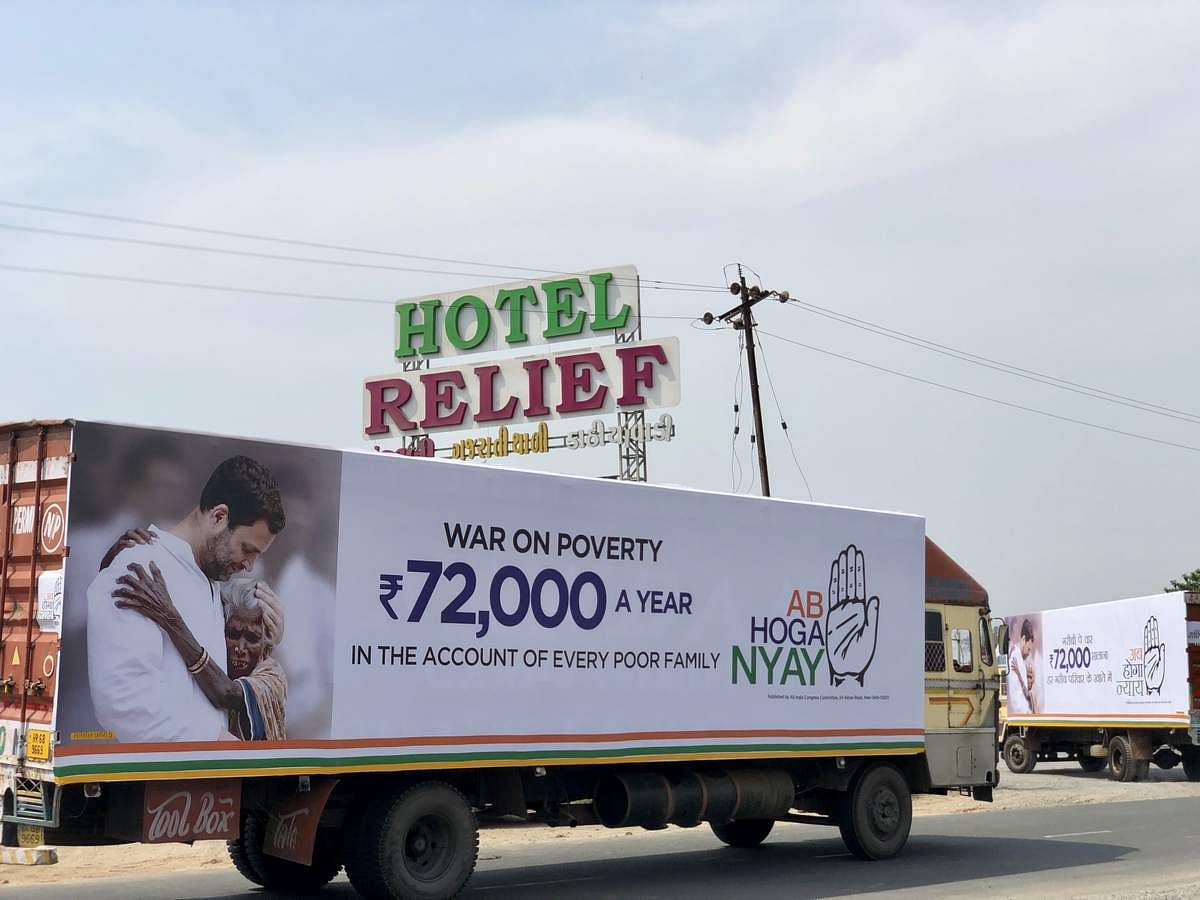
As in any election, there are those voters who just refuse to answer election-related questions. “Let’s see what happens,” is all they say. Spend more time with such voters, and slowly they start to complain about the BJP. The fear of speaking against the BJP is apparent in their hesitation, but it’s also unfashionable to say one is voting for the Congress. These are the voters who’d be counted as “Don’t know / can’t say” in a survey.
It’s not easy to estimate how many voters are thus “silent”, but there don’t seem to be too many. Yet in Valsad, as across India, some wonder if a surprise is in store. “Anything can happen,” a Congress-supporting lawyer in Valsad town says wishfully. “Do you know that in 1996, Valsad voted in a BJP MP and Vajpayee became prime minister, but only for 13 days! Eventually, it was Deve Gowda who ruled.”
Valsad votes along with the rest of Gujarat on 23 April.
Also read: Mega shows like Narendra Modi’s pet ‘Vibrant Gujarat’ do not bring investments or jobs


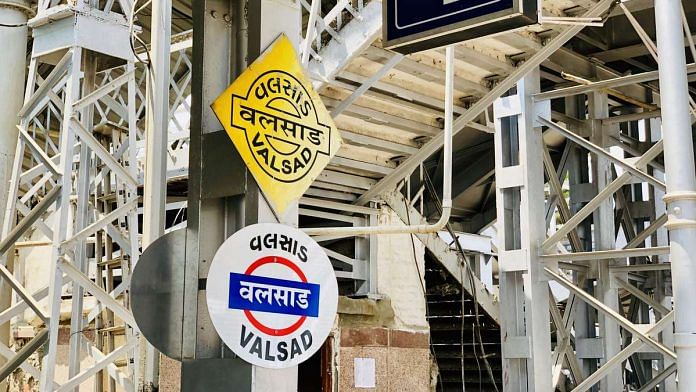

I’m from valsad and like 2014 this time too there is a modi wave which is increased after airstrikes and this will lead BJP to win valsad too
Nice story. Time spent well reading it. Thanks to the author.
Also some good photographs.
Father had a brief spell in Baroda, between a long tenure in Poona, where I did my Senior Cambridge, and Calcutta, where I went to college. The moment we crossed over from Maharashtra to Gujarat, the change in road quality was apparent. Bulsar, Vapi, Ankleshwar, going on to Surat, Baroda, Ahmedabad, the state’s industrialisation and infrastructure were impressive even in those days. The Gujarat Model began to work quite soon after the state’s creation in 1960. We visited Saputara for lunch, a dry, dusty drive, very different from Panchgani and Mahabaleshwar which were earlier part of father’s dominion.
The masterpiece of election reporting.
Can be useful to teach the students of journalism
Well done